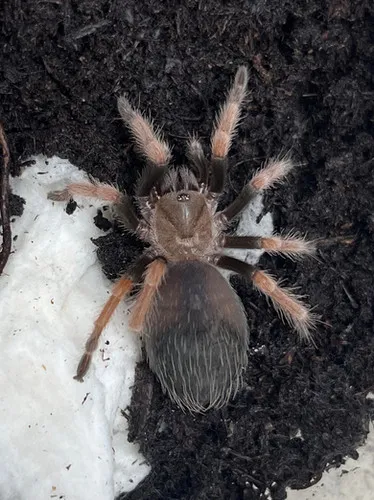The Fireleg Tarantula: An Introduction
The fireleg tarantula, scientifically known as Brachypelma boehmei, is a captivating spider species that has gained popularity among arachnid enthusiasts. Known for its striking appearance and relatively docile temperament, this tarantula is native to the tropical regions of Mexico. Owning a fireleg tarantula can be a rewarding experience, but understanding its unique characteristics is essential for providing proper care. This article delves into five amazing facts about the fireleg tarantula, offering insights into its life, behavior, and the wonders it holds.
What is a Fireleg Tarantula?
The fireleg tarantula belongs to the Theraphosidae family, which includes some of the largest spiders in the world. These tarantulas are ground-dwelling spiders, meaning they prefer to live in burrows or under rocks and logs rather than in webs. They are popular pets due to their relatively calm nature and stunning appearance. Originating from the Guerrero state of Mexico, they thrive in specific environmental conditions, making their care a bit more complex than some other tarantula species. Their overall size and the vivid coloration of their legs are the most recognizable features, making them easily distinguishable.
Physical Characteristics and Appearance
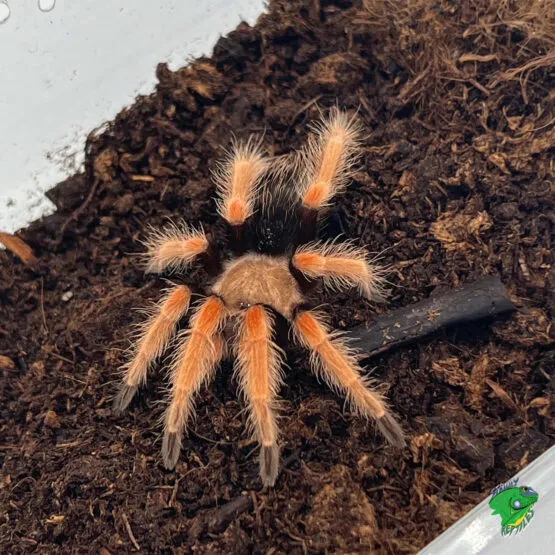
Fireleg tarantulas are visually striking spiders. They typically have a dark body color, ranging from black to dark brown, which contrasts beautifully with their vibrant orange-red leg hairs. The carapace, or the top part of their cephalothorax, is often a lighter shade of brown, providing an additional point of visual interest. The overall size of an adult fireleg tarantula can range from 5 to 6 inches in leg span, with females generally being larger than males. These spiders also possess urticating hairs on their abdomen, which they can flick towards potential threats as a defense mechanism. The combination of colors and size makes them a remarkable species.
Fact 1: Striking Red Legs
One of the most notable features of the fireleg tarantula is its vibrant red legs. These brilliant appendages are a key identifier and a source of fascination for many. The intensity of the red coloration can vary slightly depending on the individual spider and its overall health and diet. The red color is not only visually stunning but also serves a purpose in attracting mates and potentially in warning off predators. The contrast of the red legs against the darker body creates a captivating aesthetic that distinguishes this tarantula from other species.
The Vibrant Red Coloration
The red coloration in the legs is due to pigments within the hairs and exoskeleton of the fireleg tarantula. These pigments are not always immediately apparent, but they become increasingly vivid as the spider matures. Proper nutrition plays a crucial role in maintaining the intensity of the red color, ensuring that these tarantulas exhibit their full, stunning potential. Factors such as lighting and the spider’s overall health also influence the shade of red observed. The deep red color is a hallmark of this species, making it a prized possession for tarantula enthusiasts.
Purpose of the Red Legs

The exact purpose of the bright red coloration is not fully understood, but it is believed to serve several functions. Firstly, the coloration may play a role in attracting mates during the breeding season. The vividness can be a visual signal of health and genetic fitness. Secondly, the red legs might act as a warning signal to potential predators. The bright coloration may deter predators by signaling that the spider is venomous or possesses a painful bite. While the primary purpose isn’t entirely clear, the striking appearance surely plays a significant role in both intraspecies communication and defense mechanisms.
Fact 2: Their Native Habitat
Fireleg tarantulas are native to a specific region in Mexico. Understanding their natural habitat is essential for providing appropriate care in captivity. Knowing where they come from will help in recreating the ideal conditions for them to thrive. Their natural environment provides valuable insights into their behavior, dietary habits, and overall well-being. Replicating these conditions, as closely as possible, ensures these spiders live long and healthy lives in captivity, and that their needs are met.
Where Do They Live?
These tarantulas are primarily found in the western coastal regions of Mexico, specifically within the state of Guerrero. They inhabit tropical deciduous forests, where they create burrows in the soil or take shelter under rocks and logs. Their range is relatively limited, making them a species of conservation concern due to habitat loss and over-collection. The specific microclimates and ecological conditions within their native environment are critical for their survival. These spiders are well-adapted to their environment, using camouflage to hide from predators and ambush prey.
Climate and Environment
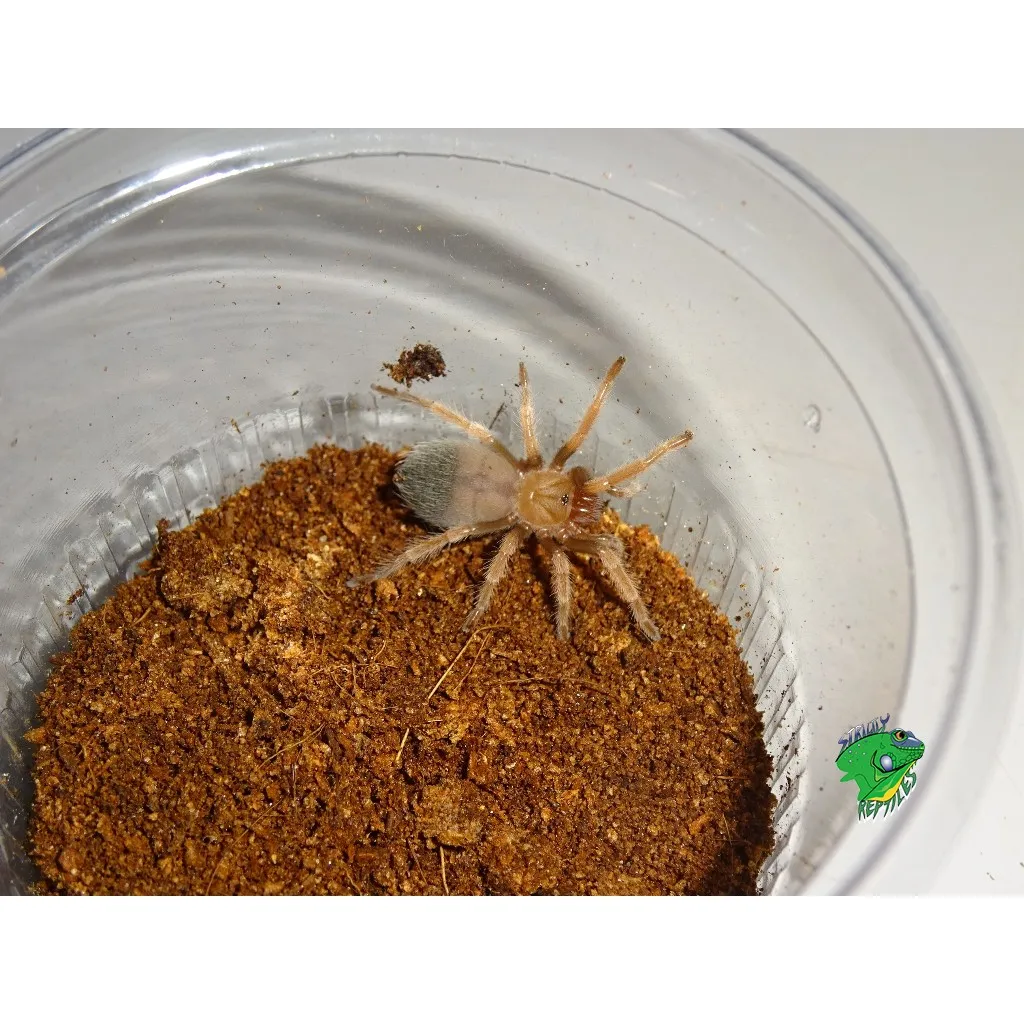
The climate in their native habitat is characterized by warm temperatures and high humidity, especially during the rainy season. The soil is typically well-drained but retains moisture, providing the ideal conditions for burrowing. These tarantulas are accustomed to seasonal changes, with periods of heavy rainfall followed by drier periods. In captivity, it’s important to replicate these conditions as much as possible, using a substrate that retains moisture, while also providing ventilation. Temperature gradients and humidity control play a huge role in the health and well-being of these spiders.
Fact 3: Lifespan and Growth
Fireleg tarantulas have a considerable lifespan, particularly the females. Understanding their growth process and lifespan is crucial for responsible pet ownership. The duration of their life, along with the various stages of development, provides valuable insights into their care requirements and the overall commitment involved in keeping them as pets. Knowing how long they live and how they mature also affects the choices and considerations related to their housing, feeding, and overall care routines.
Lifespan in Captivity
Female fireleg tarantulas can live for an impressive 15 to 20 years or even longer in captivity, while males typically have a shorter lifespan, around 5 to 7 years. This significant difference is due to the physiological demands of mating and the male’s eventual demise after reproduction. The long lifespan of the females makes them a long-term commitment, requiring consistent care. This should always be taken into consideration before acquiring a fireleg tarantula. The long lifespan is one of the reasons why these spiders are so popular, and why the care they receive needs to be reliable.
Molting Process
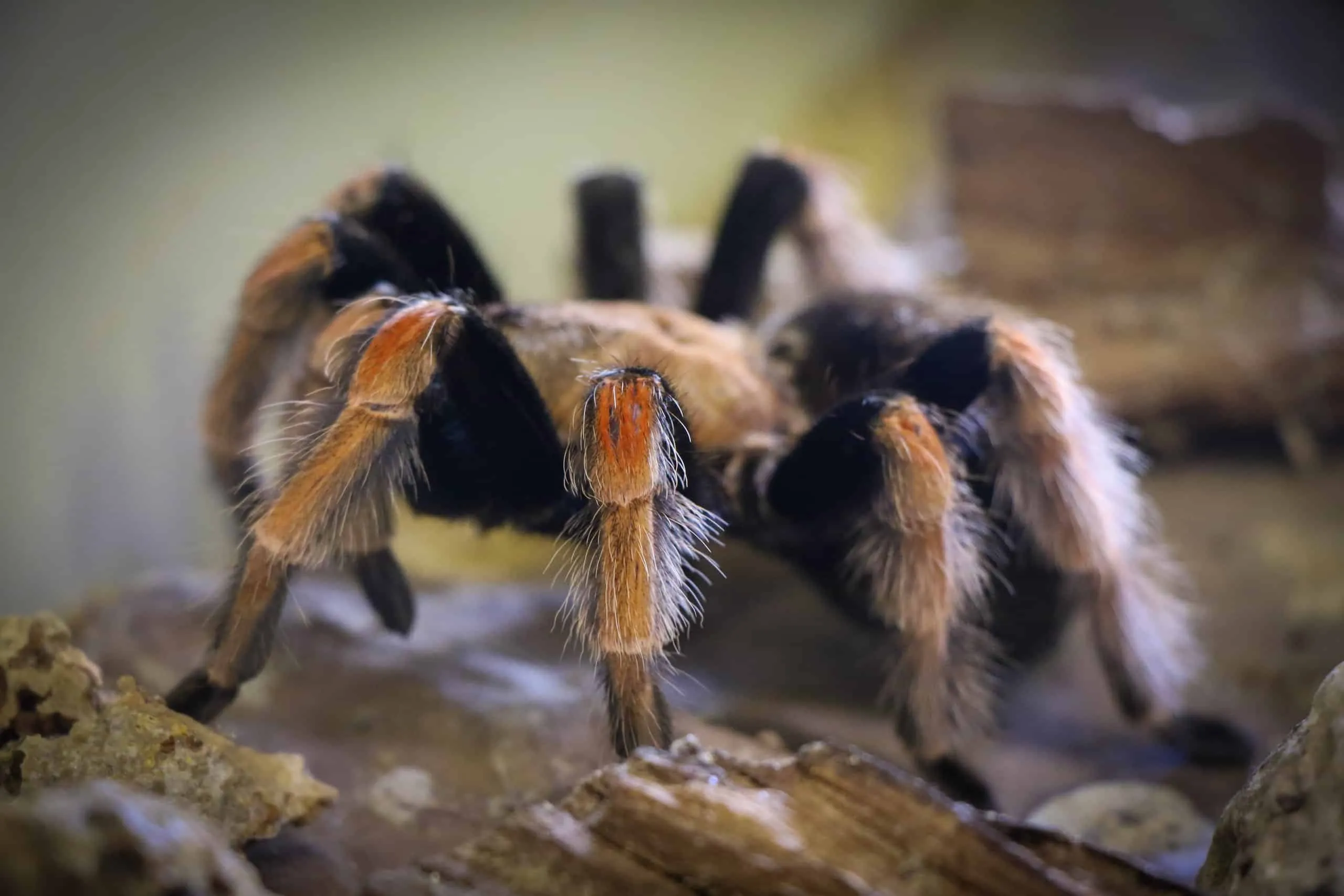
Tarantulas, including firelegs, grow by molting their exoskeleton, a process that involves shedding their old skin and growing a new one. This process is vital for their growth. During molting, the tarantula becomes vulnerable and typically hides. Molting frequency varies depending on the spider’s age and growth rate, with juveniles molting more often than adults. Proper humidity levels and a stress-free environment are essential during molting. The success of each molt is crucial for the spider’s health. The molting process, and any complications that may arise, need to be fully understood to provide proper care.
Fact 4: Diet and Feeding Habits
Fireleg tarantulas are primarily insectivores, meaning their diet consists mainly of insects. Providing the right nutrition is vital for their health and growth. Understanding their feeding habits and the types of insects they consume will help in creating a proper diet. Their feeding habits can also reveal insights into their activity levels and overall well-being. The food consumed provides the necessary nutrients for all of their biological processes. Proper nutrition is essential for overall health and for maintaining their striking appearance.
What Do They Eat?
In the wild, fireleg tarantulas feed on a variety of insects, including crickets, grasshoppers, and other invertebrates. In captivity, their diet typically consists of commercially available crickets, roaches, and other insects. The size of the prey should be appropriate for the size of the tarantula, avoiding any that are too large. It is also important to provide a varied diet to ensure they receive all the necessary nutrients. Gut-loading the insects with nutritious foods before feeding them to the tarantula is recommended to enhance the nutritional value of the meal. A balanced diet is a key to their overall health and longevity.
Feeding Frequency and Techniques
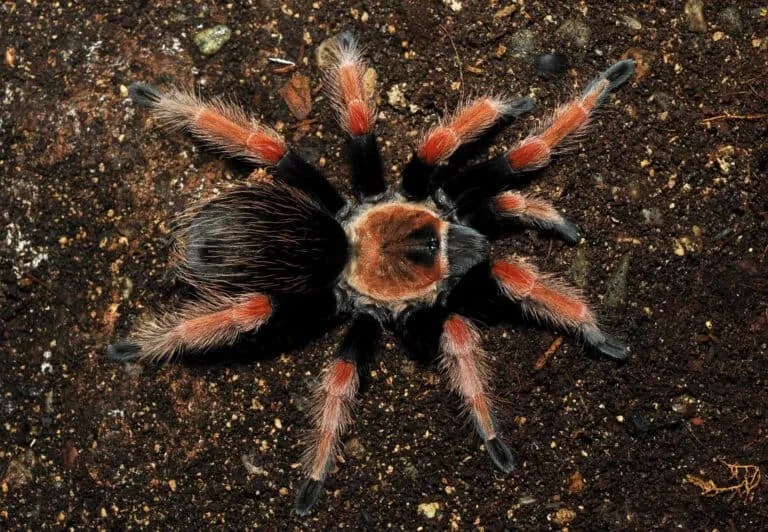
Juvenile fireleg tarantulas should be fed more frequently, perhaps twice a week, while adults can be fed once a week or even less, depending on their size and appetite. It is crucial to observe the spider’s behavior and adjust the feeding schedule accordingly. Overfeeding can lead to health problems, so it is essential to avoid this. Remove any uneaten food within 24 hours to prevent the growth of mold or mites in the enclosure. Ensure that fresh water is always available. Observing feeding habits and adjusting the diet ensures that each tarantula maintains a healthy weight and lifestyle.
Fact 5: Temperament and Handling
Fireleg tarantulas are known for their relatively docile temperament, which makes them suitable for experienced and novice keepers. Their interactions with humans need to be approached with caution and respect for their natural behaviors. Understanding their temperament, along with their handling requirements, is critical for ensuring both the safety of the spider and the keeper. Learning about this also involves knowing how to read their body language and identifying the signs of stress, which will prevent handling mishaps.
Handling and Safety
While fireleg tarantulas are not generally aggressive, handling them should be approached with caution. It’s important to handle them only when necessary and to avoid sudden movements. Always wash your hands before and after handling them to prevent any contamination. The urticating hairs can cause skin irritation, so it is recommended to handle them gently to minimize the release of these hairs. If you are bitten, which is rare, the bite is generally not considered dangerous, but it can be painful. Handling should always be done over a soft surface to prevent injury if the tarantula falls.
Signs of Stress

It is important to recognize signs of stress in your fireleg tarantula. Some indicators include skittish behavior, flicking of urticating hairs, or a defensive posture. If the tarantula retreats to its burrow or shows other signs of distress, it is best to leave it alone. Providing a stress-free environment with appropriate humidity, temperature, and hiding places will help in keeping your tarantula healthy and happy. Proper care includes understanding their body language and responding appropriately to ensure their well-being. Reducing stress is a fundamental factor in maintaining a healthy relationship with your pet tarantula.
Conclusion
The fireleg tarantula is a captivating species, known for its stunning appearance and relatively docile temperament. Understanding its habitat, lifespan, feeding habits, and temperament is essential for anyone considering keeping one. By providing the right care and a stress-free environment, you can enjoy these amazing creatures for many years. Their vibrant coloration, interesting behaviors, and overall beauty make the fireleg tarantula a fascinating pet, offering an exceptional learning experience for the arachnid enthusiast. With the right knowledge and care, the fireleg tarantula can thrive, bringing wonder and fascination to its keepers.
